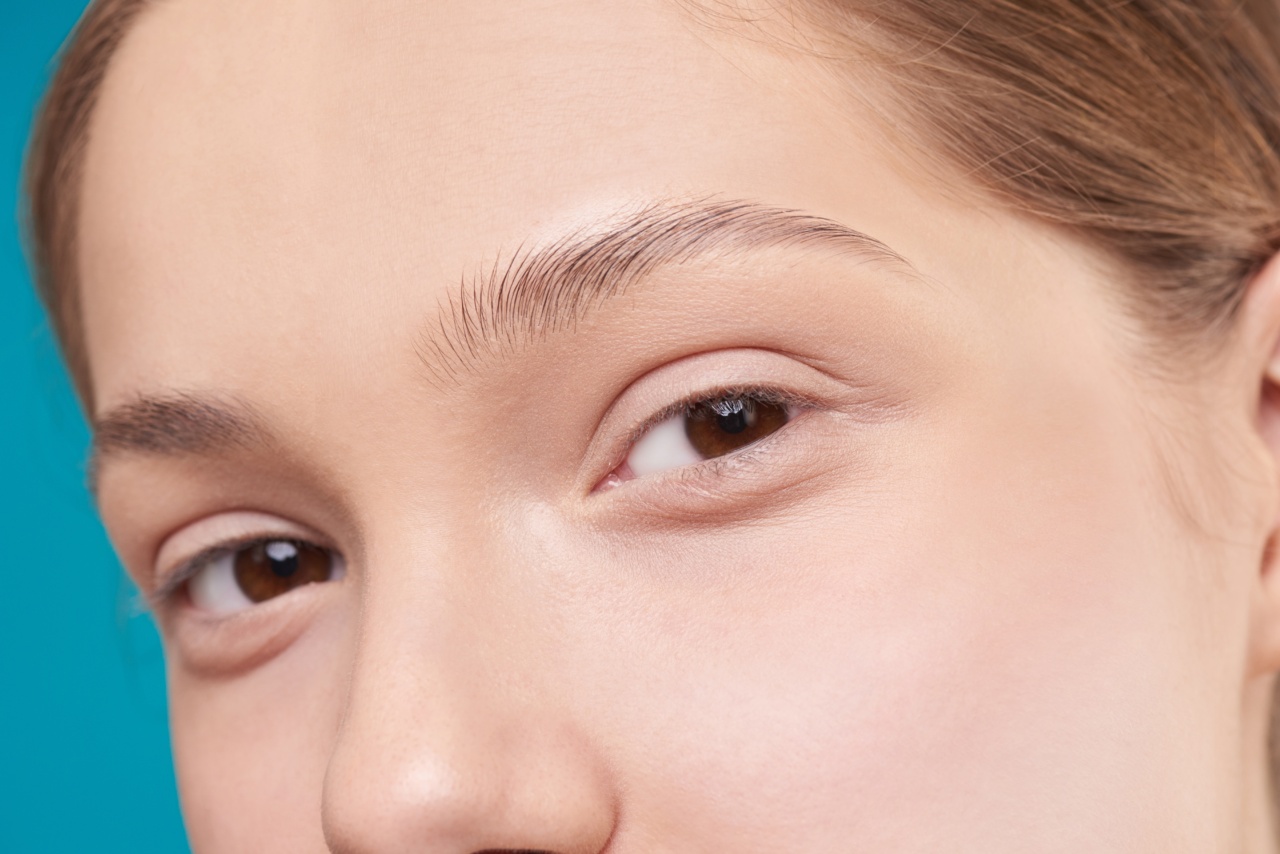Having clear, glowing skin is a goal that many of us strive for. Whether you are dealing with acne, breakouts, or dullness, achieving clear skin can boost your confidence and improve your overall well-being.
In this ultimate guide, we will explore various tips, tricks, and remedies to help you obtain the clear skin of your dreams.
Understanding Your Skin
Before diving into the steps for clear skin, it is essential to understand your skin type. Different skin types require different approaches to achieve clear skin. Here are the four main skin types:.
1. Normal Skin
Normal skin is neither too oily nor too dry and has a balanced level of moisture. People with normal skin usually have small pores, few imperfections, and an overall even skin tone.
2. Oily Skin
Oily skin is characterized by excessive production of sebum, leading to shiny skin and enlarged pores. Those with oily skin often experience frequent acne breakouts and blackheads.
3. Dry Skin
Dry skin lacks oil and moisture, resulting in tightness, flakiness, and a dull complexion. It is prone to wrinkles and requires extra hydration and nourishment to stay healthy.
4. Combination Skin
Combination skin is a mix of oily and dry skin. Typically, the T-zone (forehead, nose, and chin) tends to be oilier, while the cheeks remain dry or normal. It requires a combination of skincare products and techniques to balance both areas.
Steps to Achieve Clear Skin
Now that we have identified the different skin types let’s delve into the ultimate guide for clear skin:.
1. Cleanse Twice Daily
Cleansing your skin is the first step towards clear skin. Use a gentle cleanser suitable for your skin type to remove dirt, oil, and impurities. Cleanse every morning and evening to keep your skin clean and fresh.
2. Exfoliate Regularly
Exfoliation helps remove dead skin cells, unclog pores, and promote cell turnover. Use a mild exfoliator or a chemical exfoliant (containing AHAs or BHAs) 2-3 times a week. Avoid over-exfoliating, as it can irritate your skin.
3. Moisturize Daily
Hydration is key to maintaining clear skin. Choose a non-comedogenic moisturizer that suits your skin type. Moisturizing prevents dryness, reduces excess oil production, and keeps your skin supple.
4. Protect with SPF
Shielding your skin from the harmful effects of the sun is crucial. Apply a broad-spectrum sunscreen with an SPF of 30 or higher daily, even on cloudy days. This helps prevent sunburn, premature aging, and skin cancer.
5. Adopt a Healthy Diet
Eating a balanced diet rich in fruits, vegetables, whole grains, and lean proteins provides your skin with essential nutrients.
Avoid excessive consumption of processed foods, sugar, and dairy products, as they can trigger inflammation and contribute to skin issues.
6. Stay Hydrated
Drink an adequate amount of water every day to keep your skin hydrated. Proper hydration helps flush out toxins, maintain skin elasticity, and promote a healthy complexion.
7. Manage Stress
Chronic stress can worsen skin conditions like acne and eczema. Practice stress management techniques like meditation, yoga, or deep breathing to keep stress levels in check.
8. Avoid Touching Your Face
Avoid touching your face frequently, as it can transfer dirt, bacteria, and oils from your hands to your skin. This can lead to breakouts and other skin irritations.
9. Get Enough Sleep
Quality sleep is vital for maintaining clear skin. Lack of sleep can cause increased cortisol levels, leading to inflammation and breakouts. Aim for 7-8 hours of uninterrupted sleep every night.
10. Seek Professional Help
If you have persistent acne or skin issues, it is recommended to seek help from a dermatologist. They can provide personalized advice, prescribe medication if needed, and suggest professional treatments like chemical peels or laser therapy.































